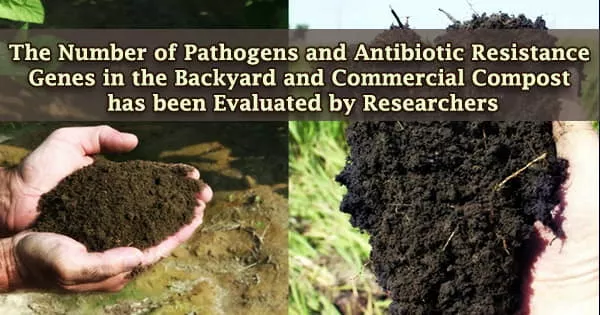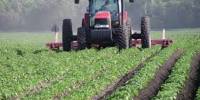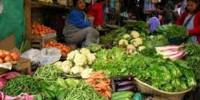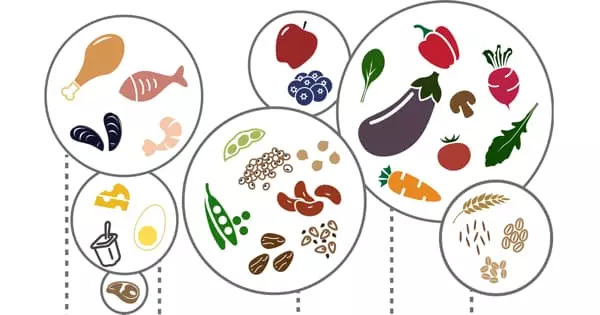Gardeners commonly utilize compost organic material added to soil to aid plant growth because it improves soil health and lowers the quantity of organic waste in landfills. Several research has looked at commercial composts, but only a handful have looked at backyard compost samples. Researchers examined the quantity of pathogens in both forms of compost in a recent study.
“The composition is the major difference between the backyard and commercial compost. Because internet guides encourage it, backyard compost is created from plant-based resources like vegetable scraps and coffee grounds. Furthermore, animal-derived products are more difficult to decompose. On the other hand, many of the commercial composts are made from farm manure,” said Yuqing Mao, a graduate student in the Nguyen lab.
Regardless of the source, the composting process, which involves many stages of intense heat, typically, but not always, kills germs. “There may be some pathogens that survive, either because they are heat resistant or they get introduced at a later stage,” Mao said.
The researchers utilized six varieties of commercial compost purchased from the supermarket and gathered samples of backyard compost from two gardeners at Urbana-Champaign. They also utilized two control samples: soil that had never been treated with compost and immature compost that had never been exposed to high temperatures. They collected DNA samples and utilized quantitative polymerase chain reaction (qPCR) to identify and quantify the quantity of certain genes.
“We looked at airborne and foodborne pathogens. People are usually more concerned with the latter because they use the compost to grow vegetables,” Mao said. The pathogens Escherichia coli and Salmonella enterica from food were studied, as were Mycobacterium spp., Legionella pneumophila, and Pseudomonas aeruginosa from the air. The study focused on genetic markers genes that are unique to each organism since bacteria have incredibly lengthy DNA sequences.
“We did not find any Salmonella in our samples and E. coli was only present in the immature compost sample, meaning that if the compost is made properly, it is unlikely that they will get contaminated by foodborne pathogens,” Mao said. “On the other hand, we found that L. pneumophilia was present in four of the commercial samples but not in the other samples. The other two airborne pathogens were found in both backyard and commercial compost samples.”
Unfortunately, the qPCR technique is unable to differentiate between living and dead bacteria. The researchers want to enhance the approach so that only live cells are detected, allowing them to properly assess the hazard to humans. They’d also like to look at more samples in order to confirm their findings.
The researchers also looked at how many antibiotic resistance genes were present in the samples. Bacterial communities with a greater frequency of these genes are more likely to propagate them, posing a serious threat. “Overall, the immature compost samples have the highest abundance of antibiotic resistance genes, indicating that the high heat during composting may degrade some of these genes,” Mao said.
It’s unknown how the viruses inhaled from the air get into the compost samples. Researchers are now working to better identify the source of contamination in order to safeguard gardeners. “We also want to look at what composting conditions work best to remove these pathogens and the antibiotic resistance genes,” said Helen Nguyen (IGOH), Ivan Racheff Professor in Civil and Environmental Engineering.
For gardeners interested in employing animal manure composting, Mao has created a series of guidelines, which may be read here. The study was published in Science of The Total Environment under the title “Quantification of pathogens and antibiotic resistance genes in the backyard and commercial composts.”
Neslihan Akdeniz, a clinical assistant professor of agricultural and biological engineering, contributed her experience in composting with animal waste as a co-author on the article. The work was supported by the University of Illinois Urbana-Institute Champaign’s for Sustainability, Energy, and Environment, the National Institute of Food and Agriculture, the Environmental Protection Agency, and the United States Department of Agriculture.
















